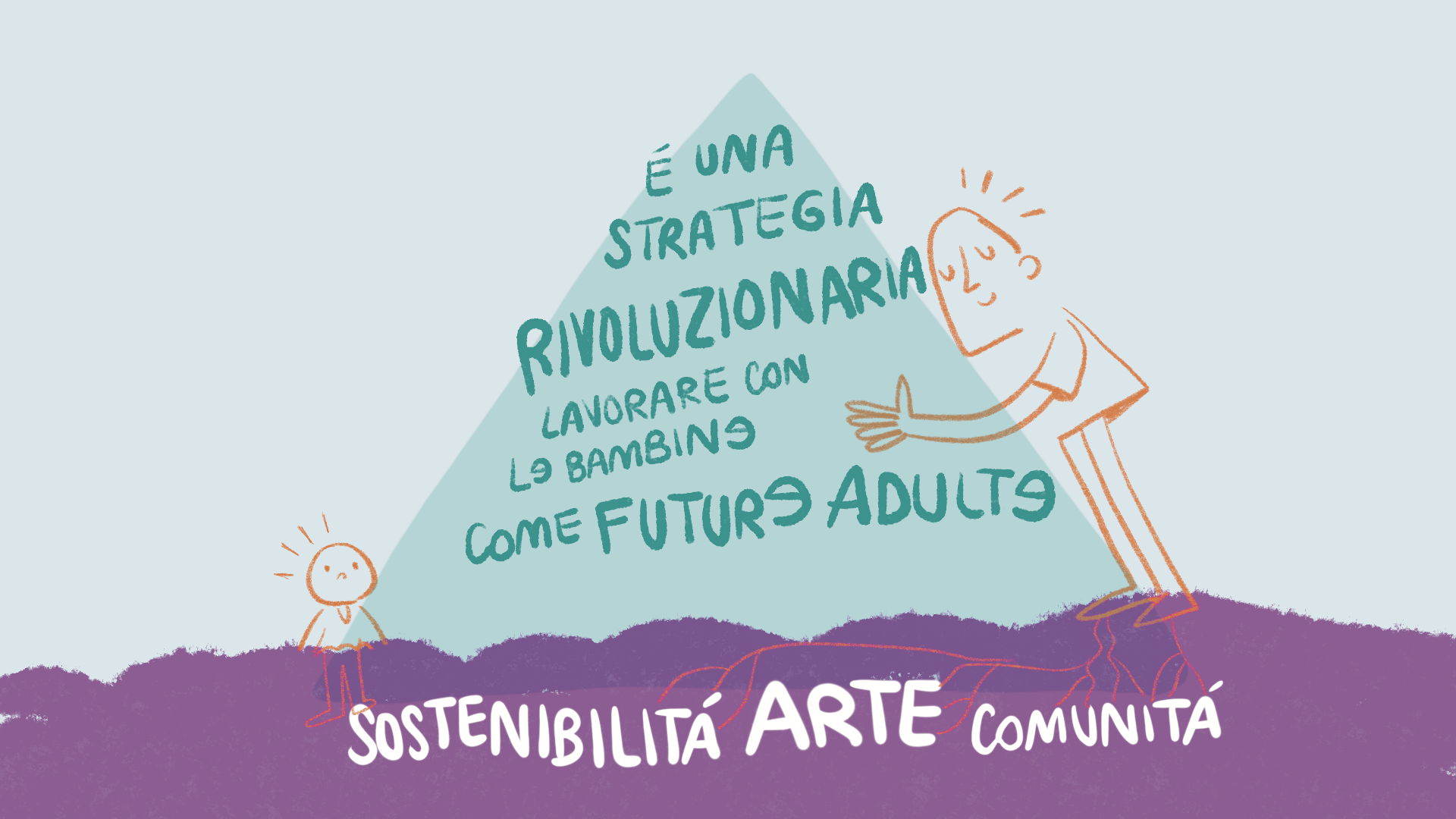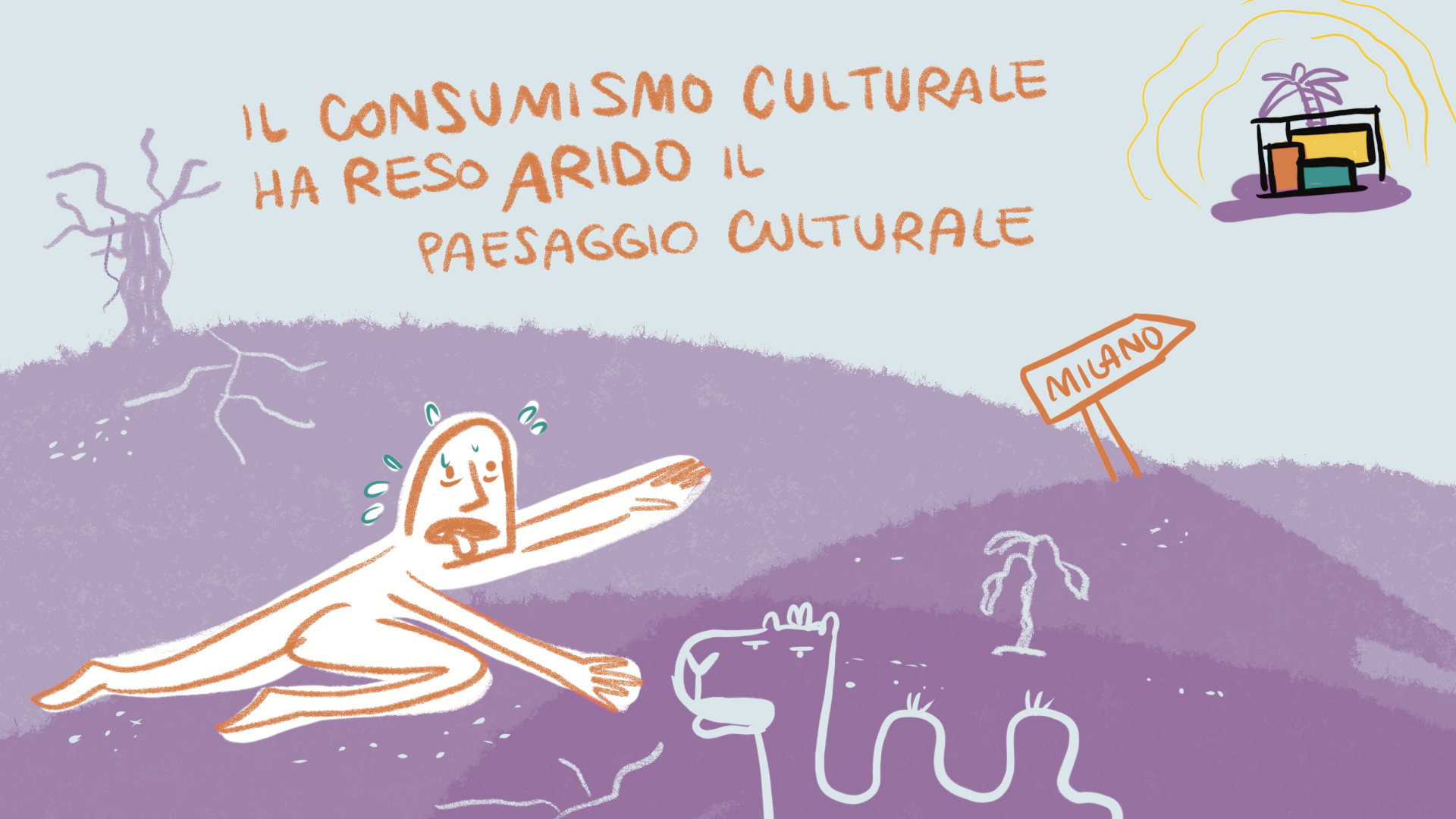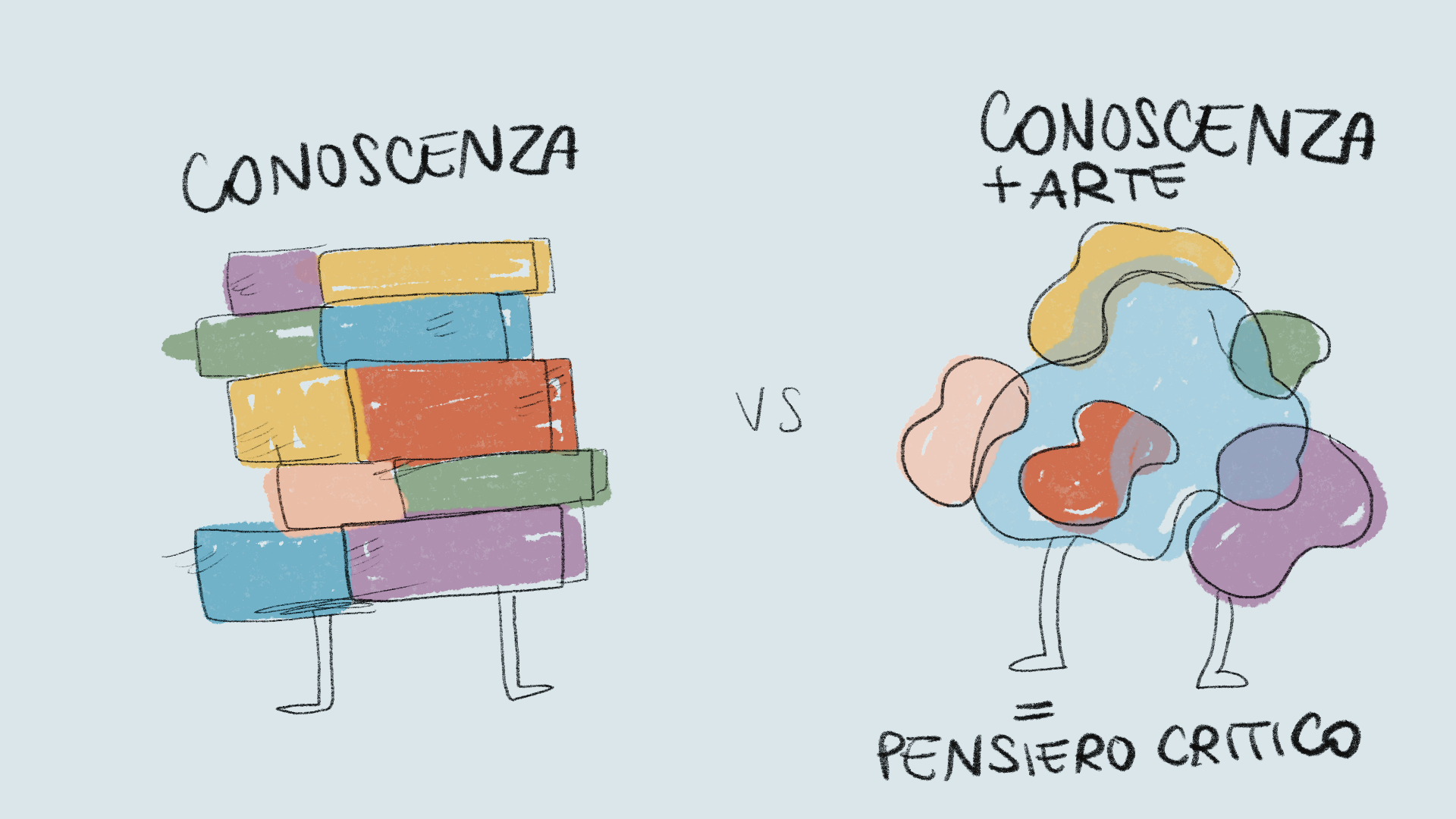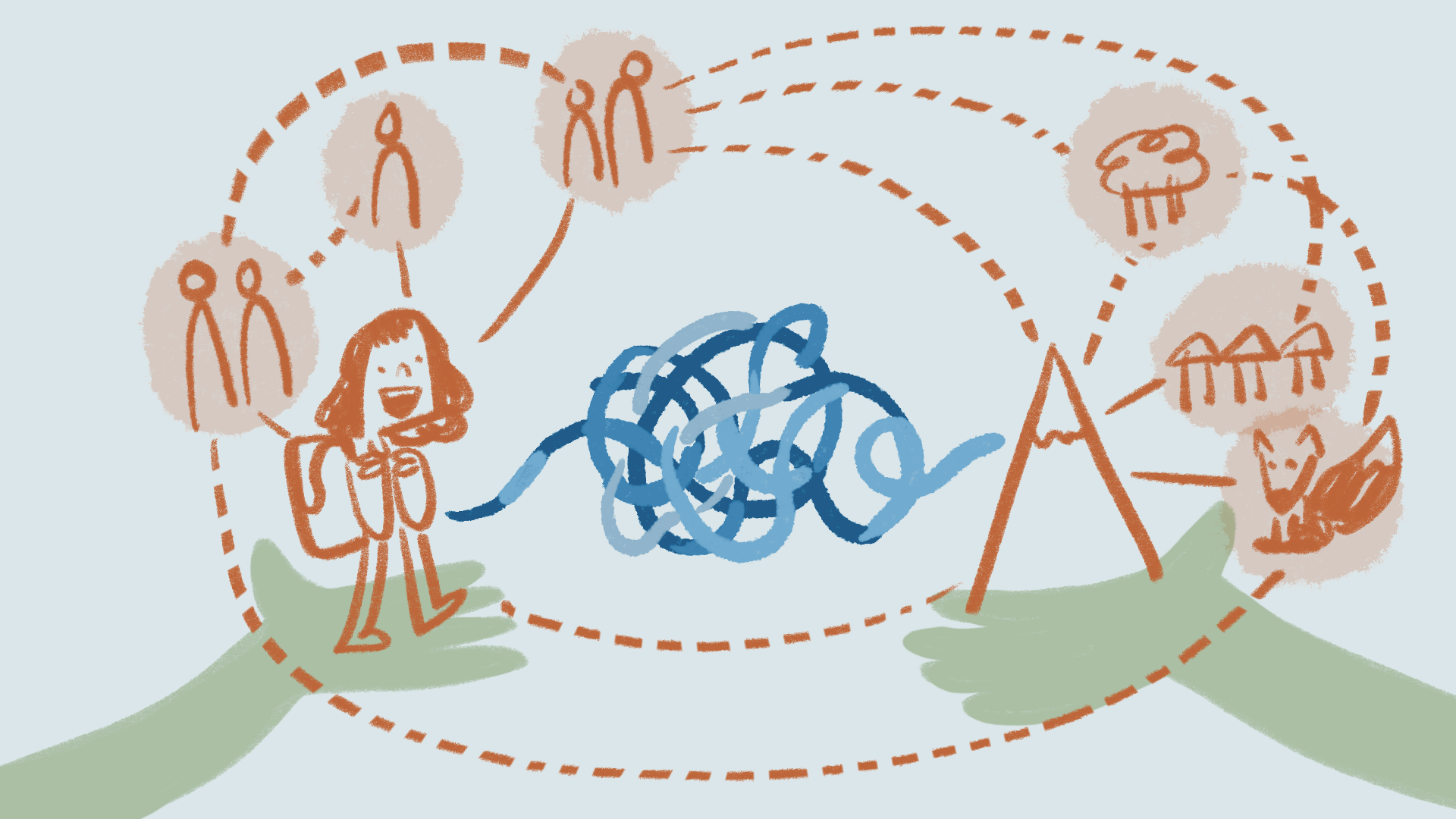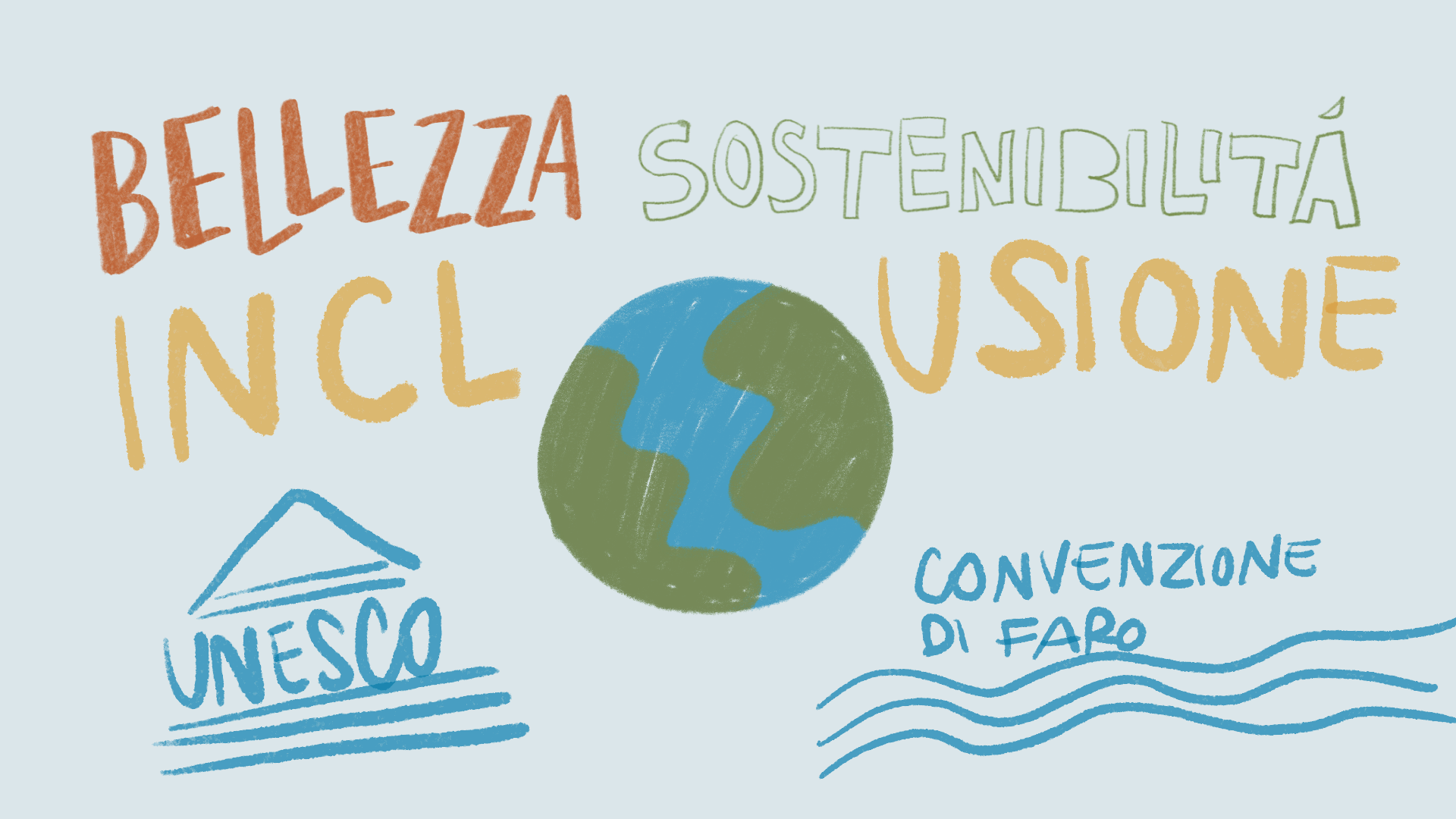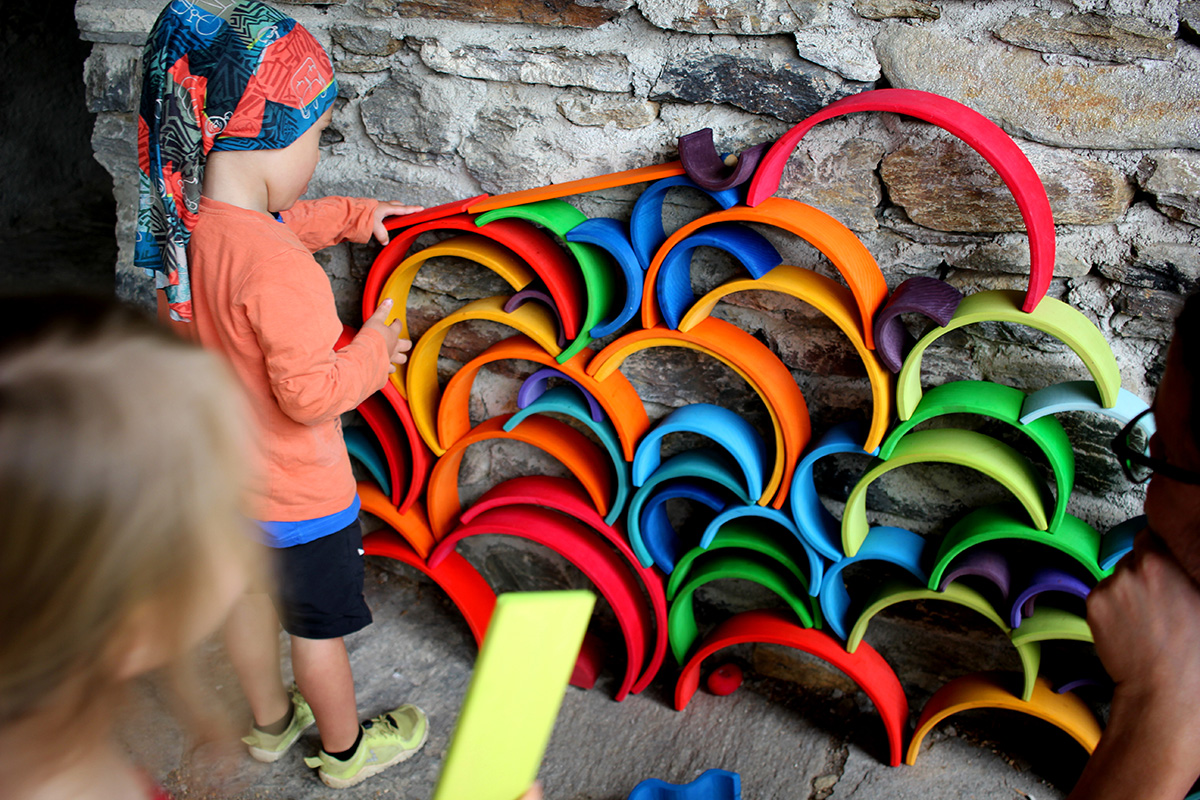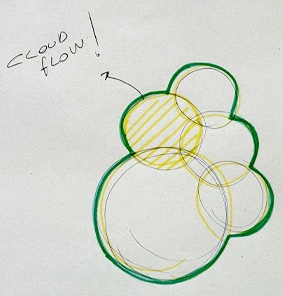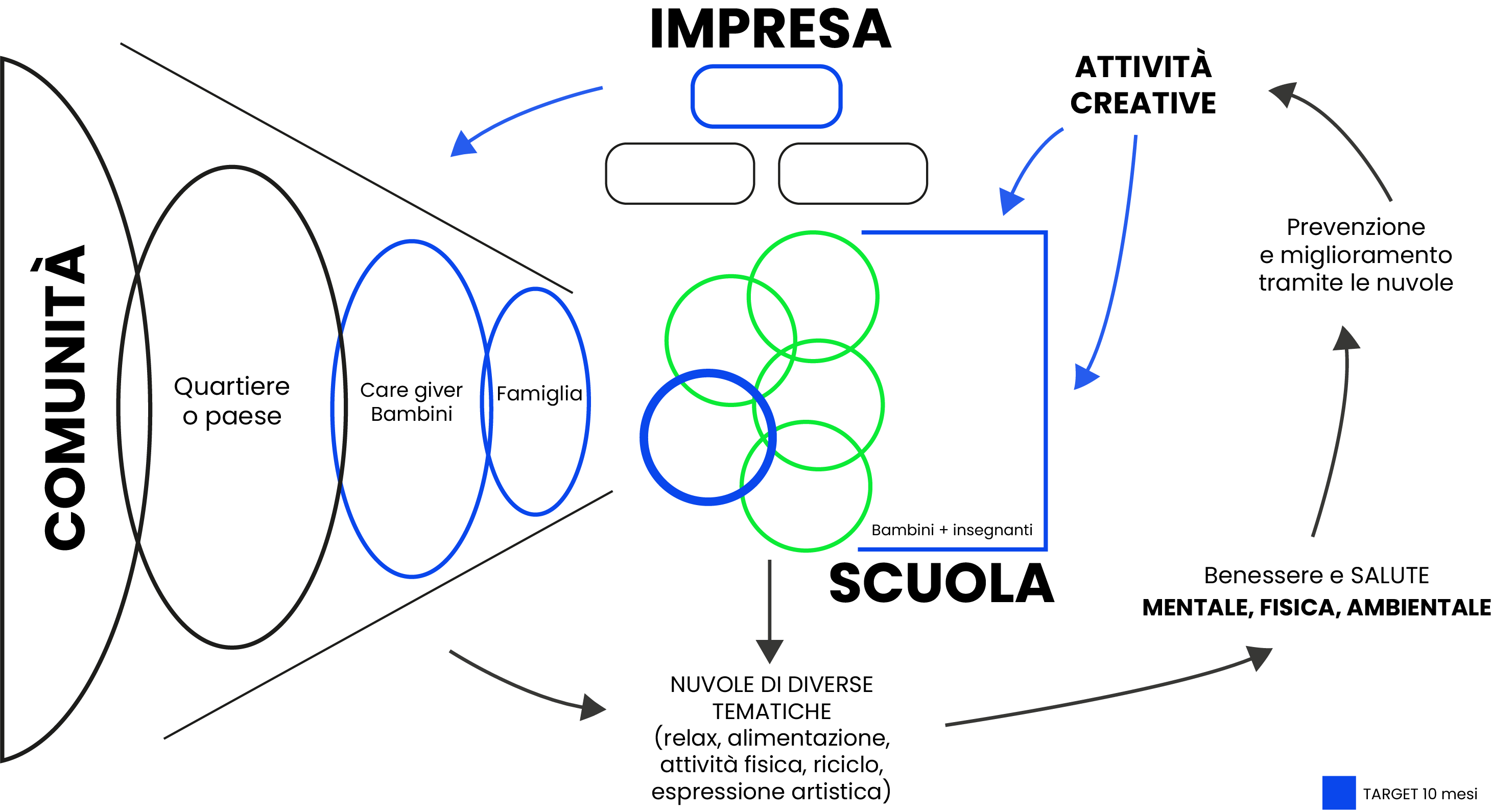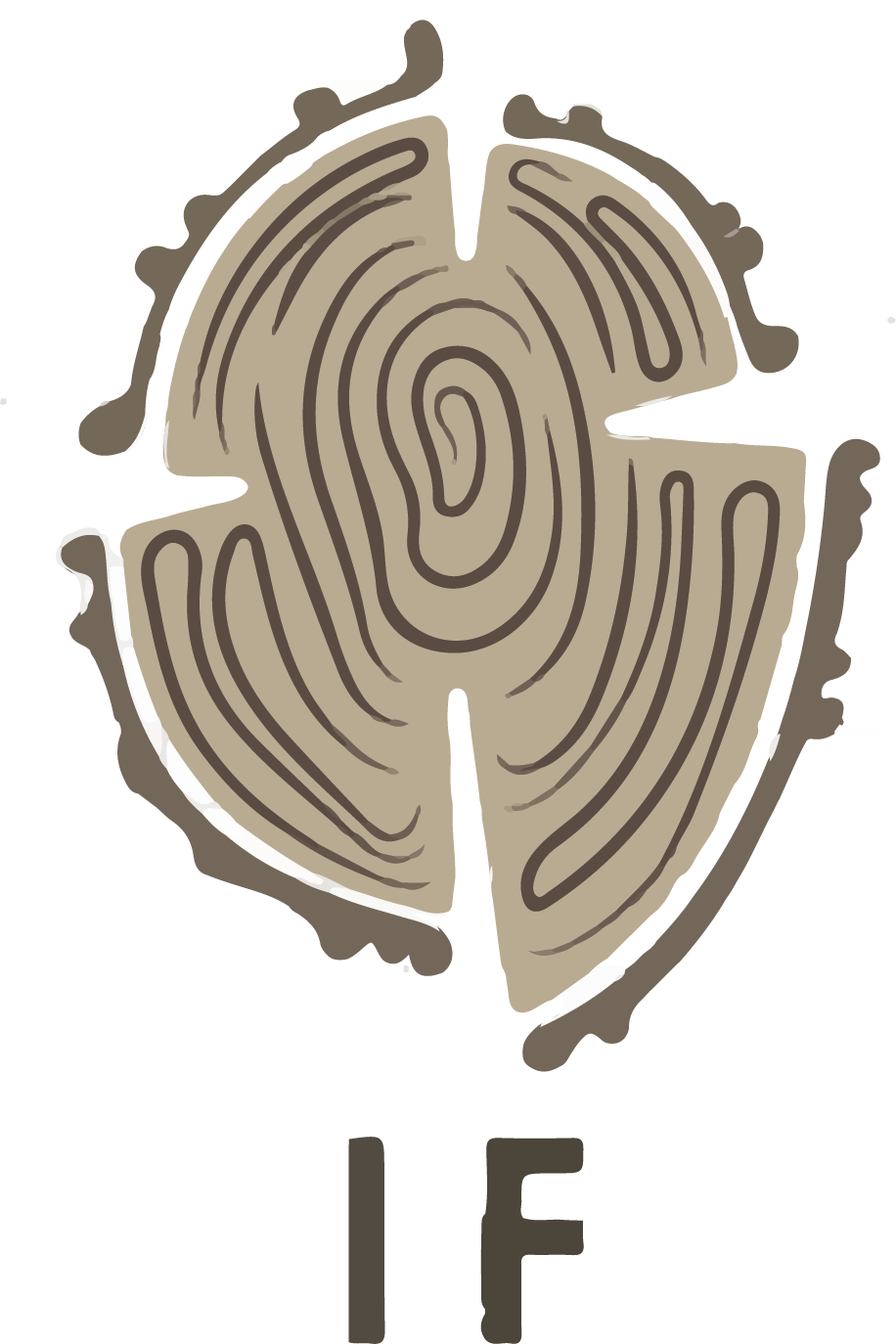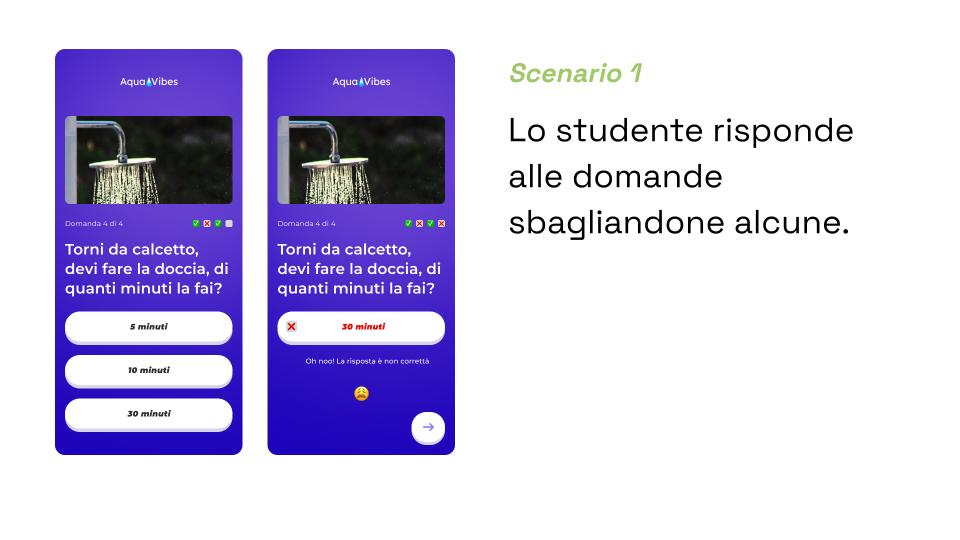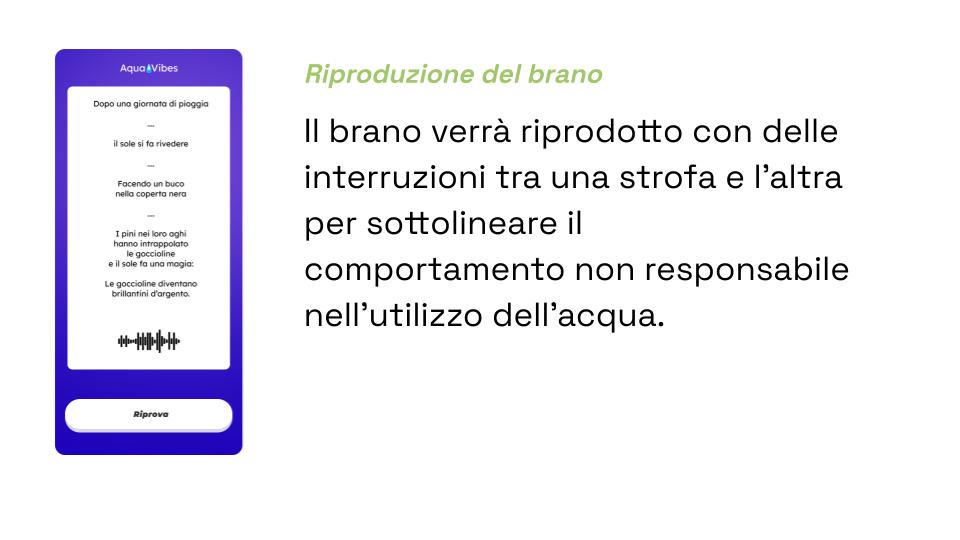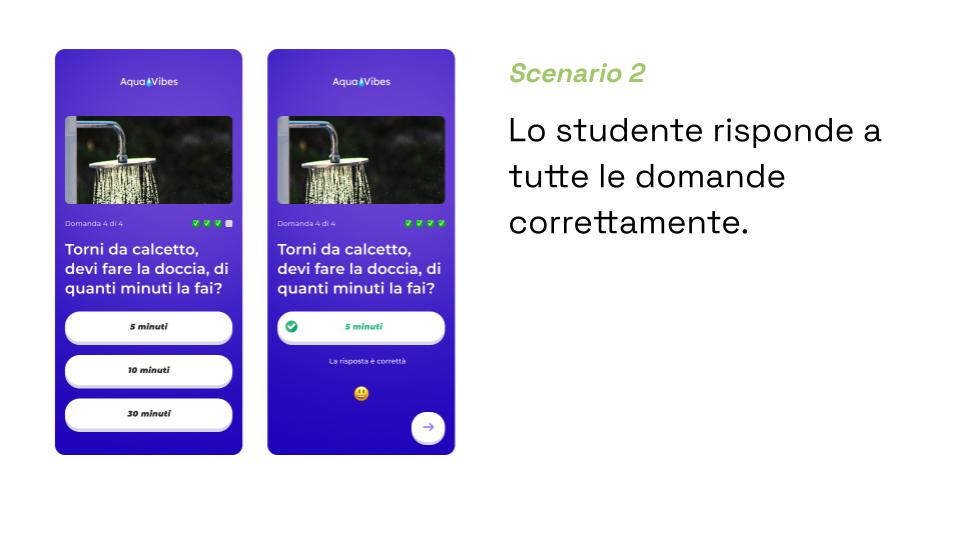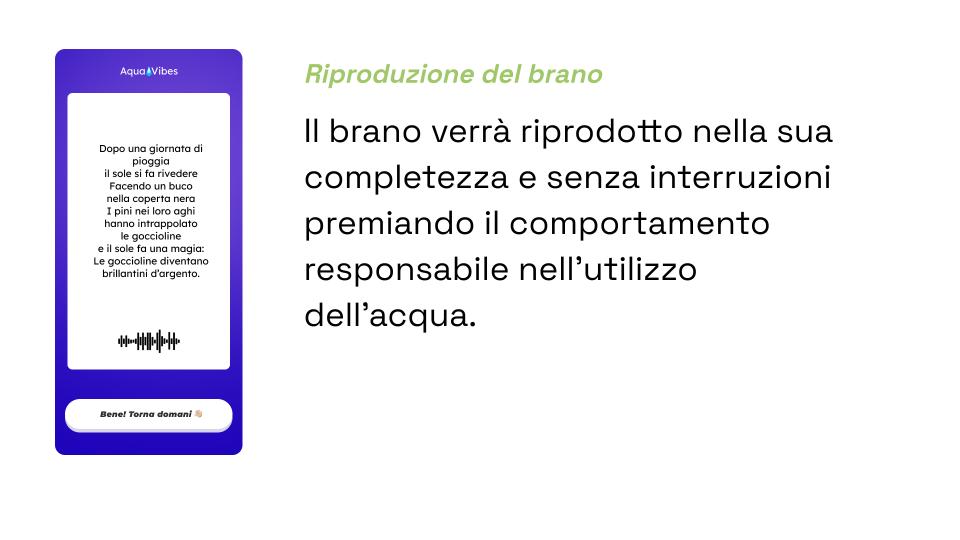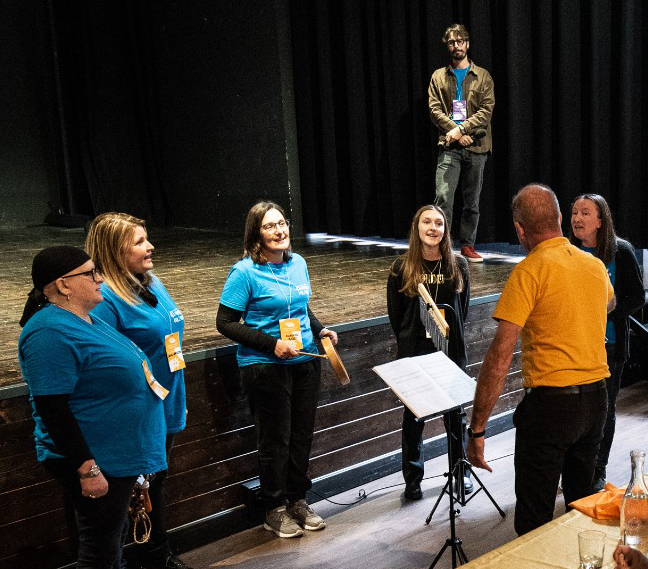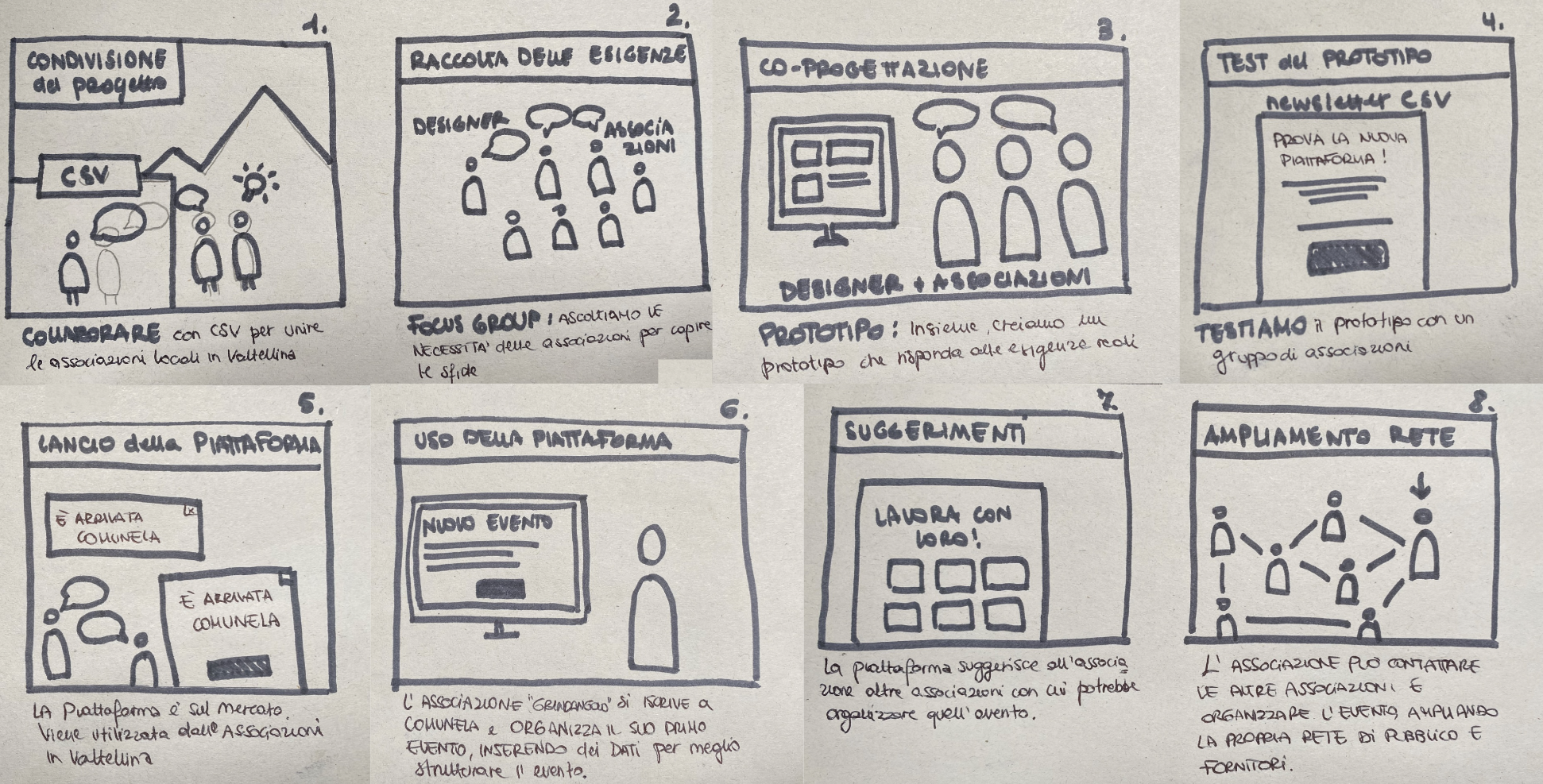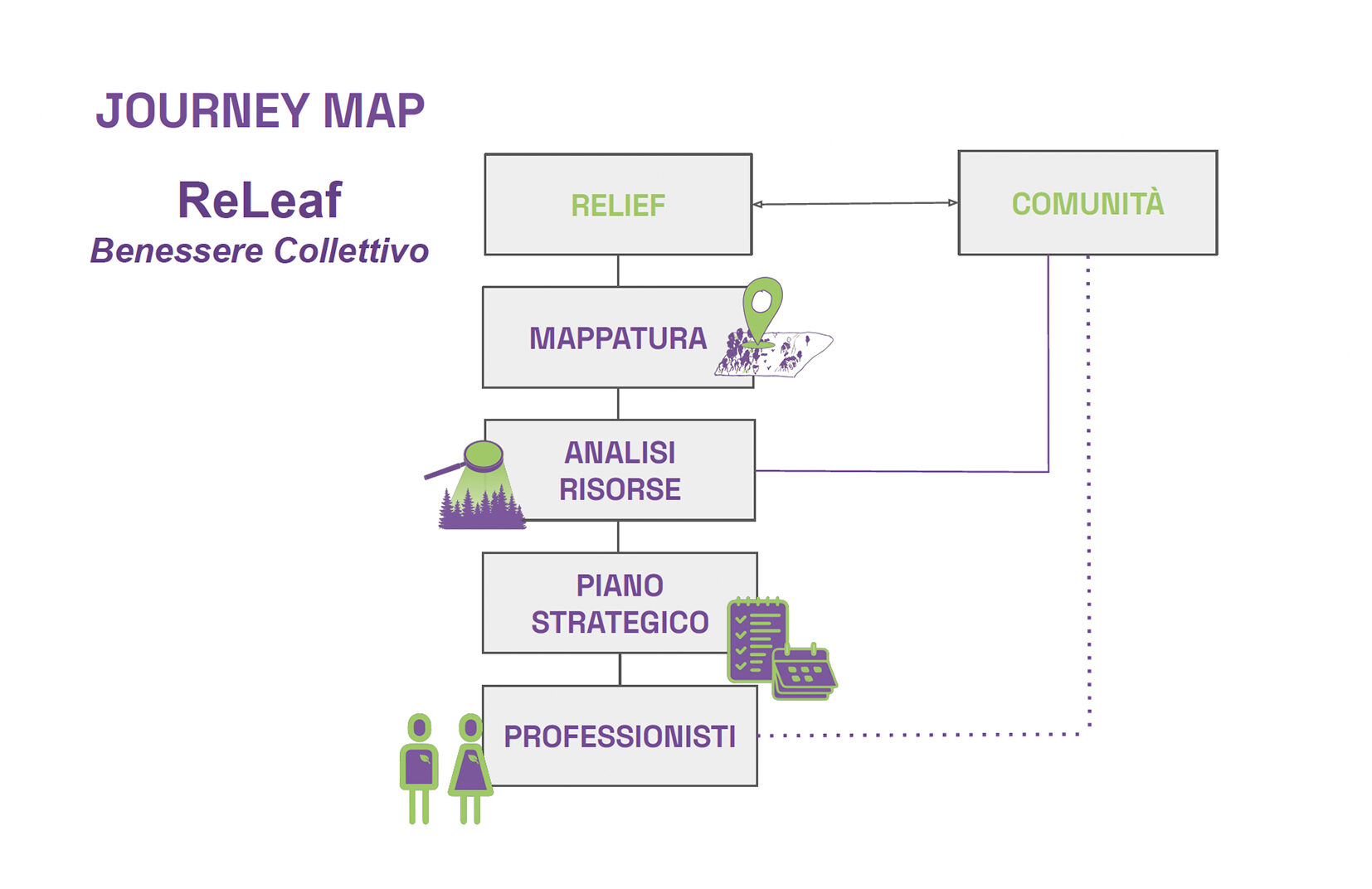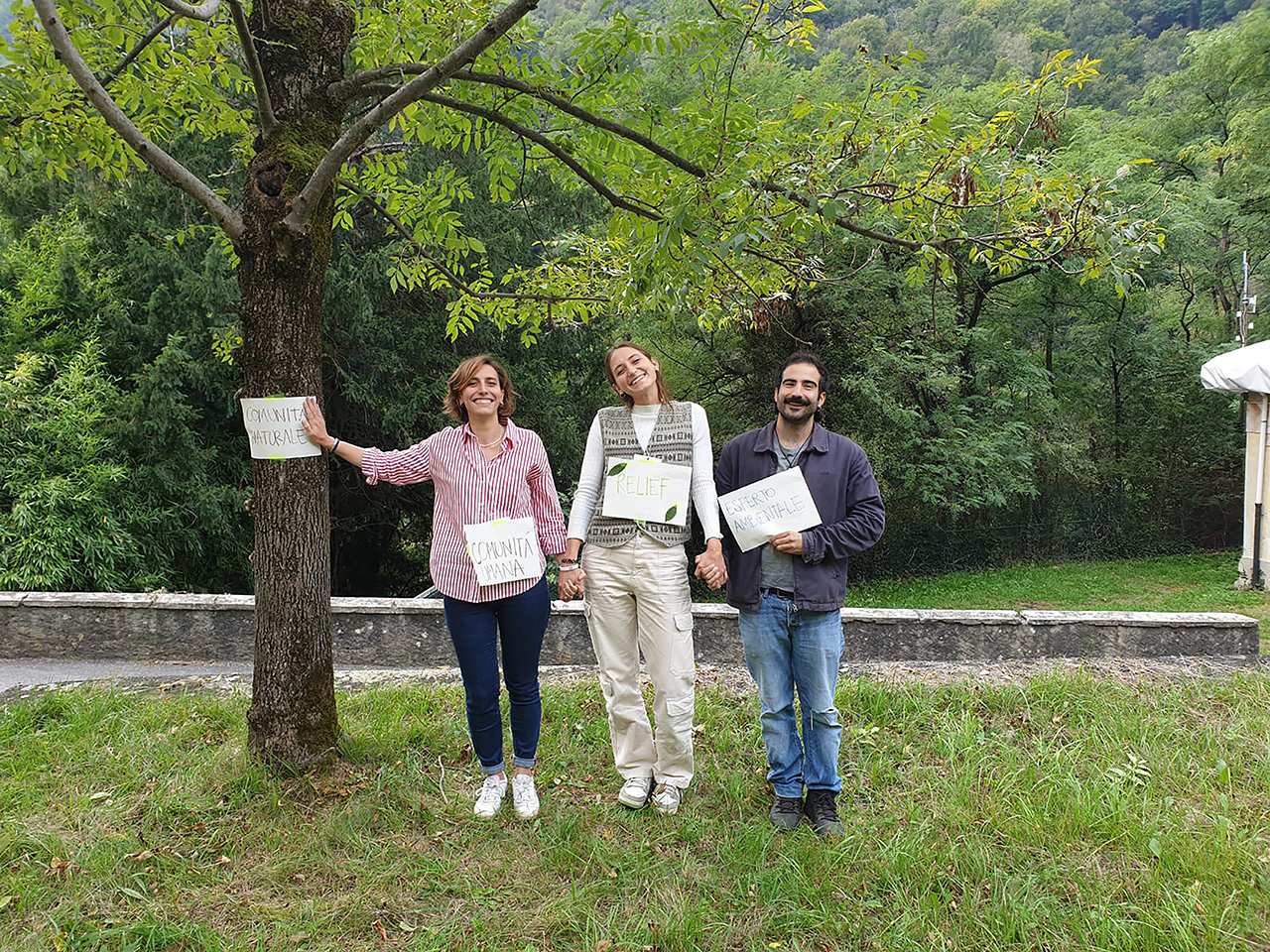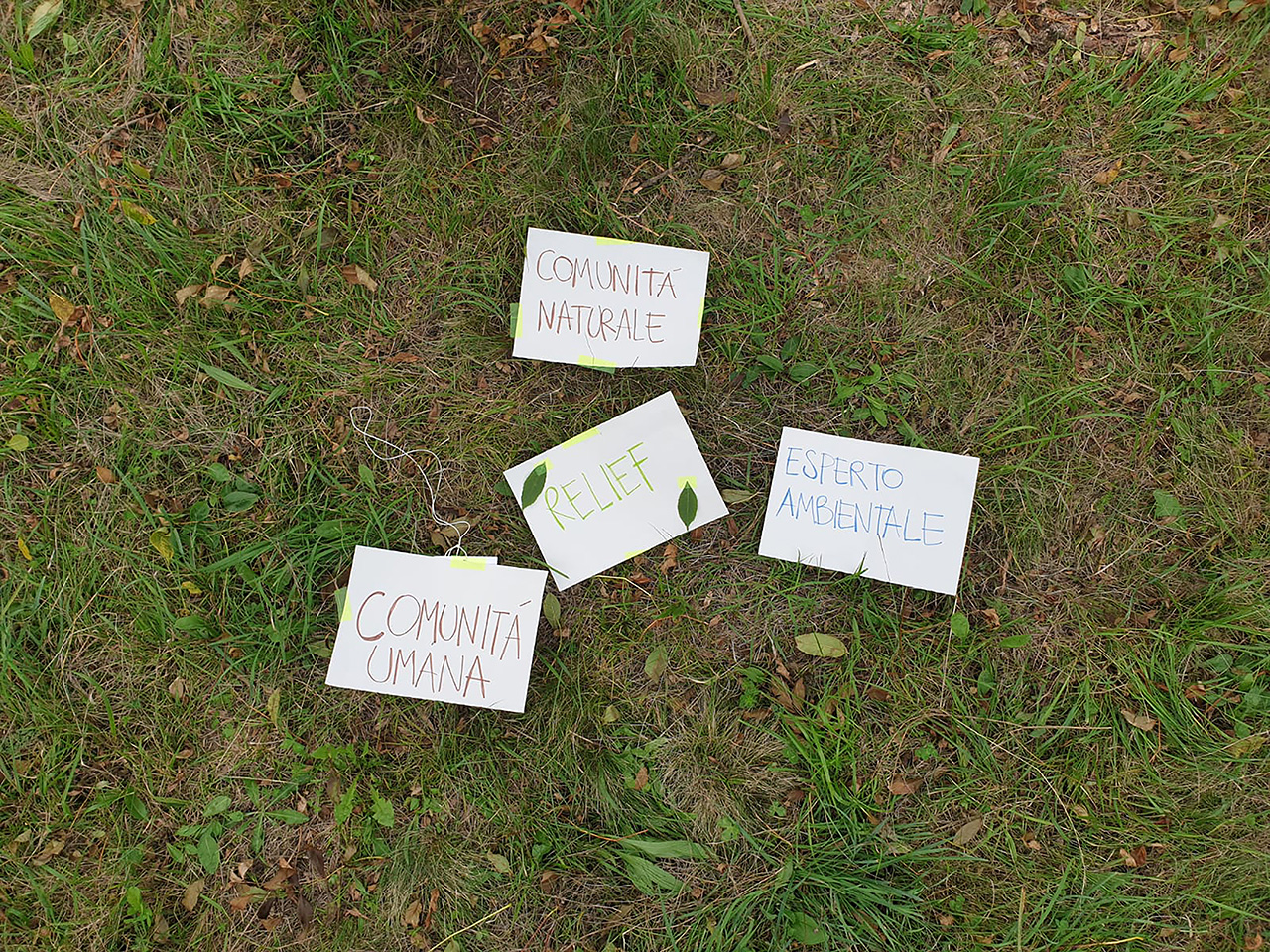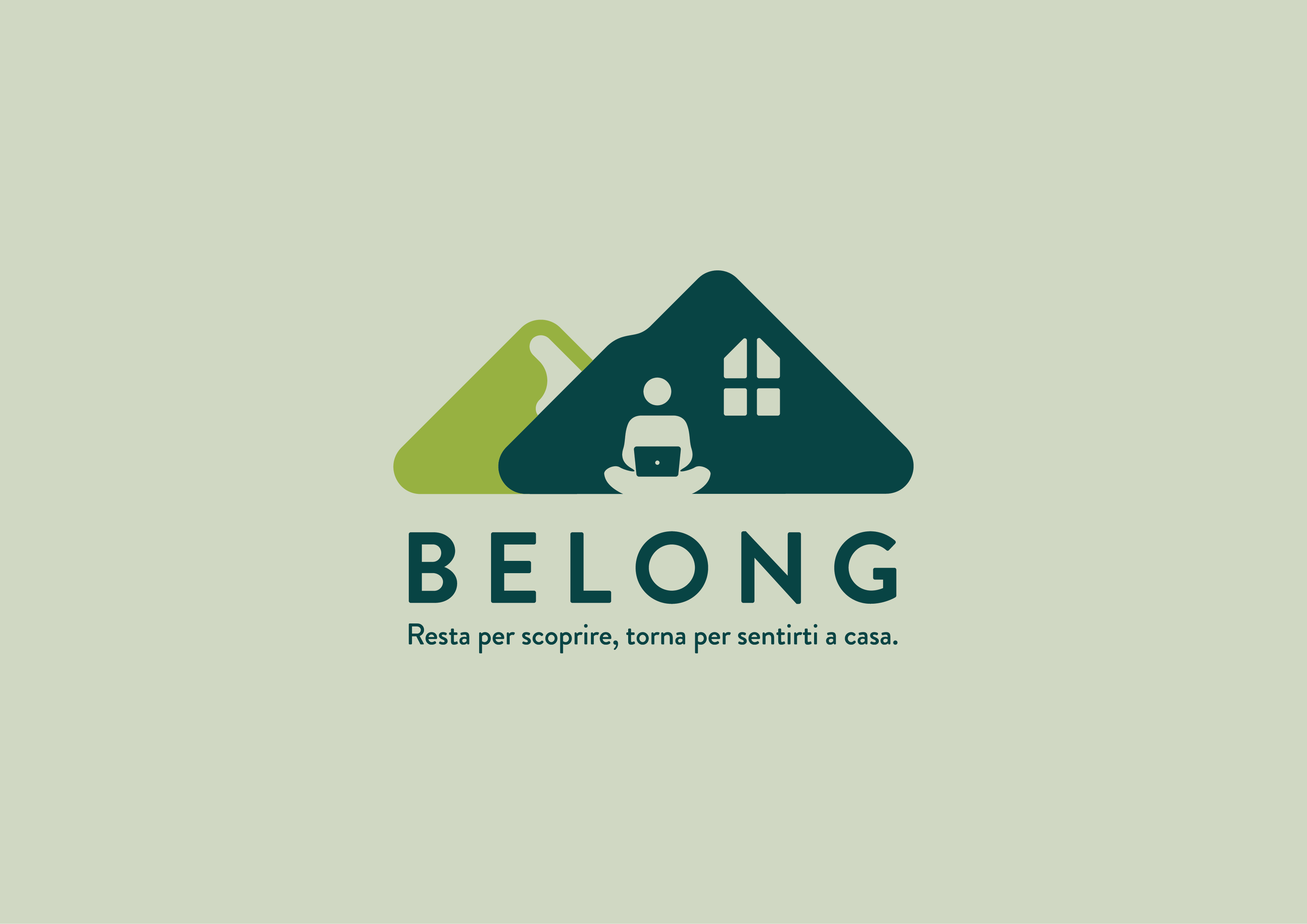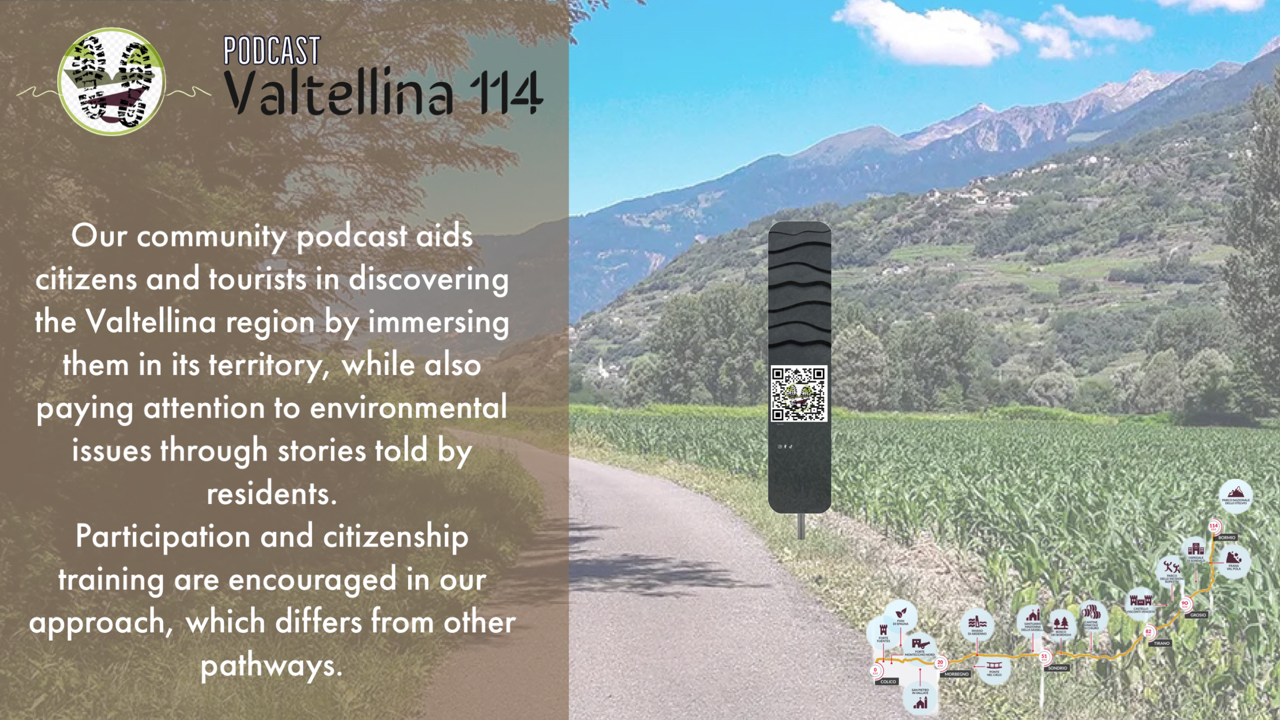The Design Sprint is a process for generating innovative ideas and solving major problems in just a few days, helping to concretely define objectives and issues and create a high-level prototype tested with real people. The Sprint breaks the work into micro-problems, helping the team focus on one goal at a time. The classic version of the method (referencing Knapp’s book “Sprint: How to Solve Big Problems and Test New Ideas in Just Five Days” – 2016) involves 5 phases over 5 days of work. However, this project uses a more “rapid” version of the method, known as Design Sprint 2.0, which optimizes time and makes the process more efficient.
What are Design Sprint 2.0?
The Design Sprint method, created by Jake Knapp, was initially used by Google Ventures to support startup growth and facilitate the development of digital experiences. This method aims to accelerate product launches by saving time and resources.
The Design Sprint approach is primarily used to address an internal challenge within a company. It lasts five days and aims to build a testable prototype of a product or service starting from an idea.
The specific phases are as follows:
- Map – Mapping the process. Analyzing the context and defining the objective.
- Sketch – Drawing the proposed solutions.
- Decide – Choosing a single solution.
- Prototype – Building a “realistic facade” of the solution.
- Test – Testing the prototype with customers.
The methodology significantly leverages the creativity of the participants, encourages a critical approach with more sessions dedicated to individual reflection on a main question, and focuses on convergence rather than divergence, placing a strong emphasis on decision-making moments, often managed through voting.
The team usually consists of 5-8 people with diverse backgrounds, including project stakeholders and staff dedicated to idea development. Depending on the needs, experts on specific topics may also be invited.
A key aspect of the method is prototyping: it’s not just about defining steps to imagine an idea or solution, but about allowing the team to realize it through the creation of a physical prototype. This approach enables rapid prototyping to gather immediate user feedback, allowing exploration of ideas that would typically be discarded and reducing the cost of failure.
The method is internationally recognized and used by leading companies such as Lego, Slack, Nest, Airbnb, N26, and IBM, among others.
The Design Sprint 4Planet project employs the Design Sprint 2.0 version, which optimizes time and makes the process more efficient..
Il metodo Design Sprint 2.0 is designed to work not only in startups but also in organizations that cannot dedicate an entire week to the process. It requires the presence of the client and their team for only a few days and can be conducted entirely or partially in a digital space with remote and distributed teams.












